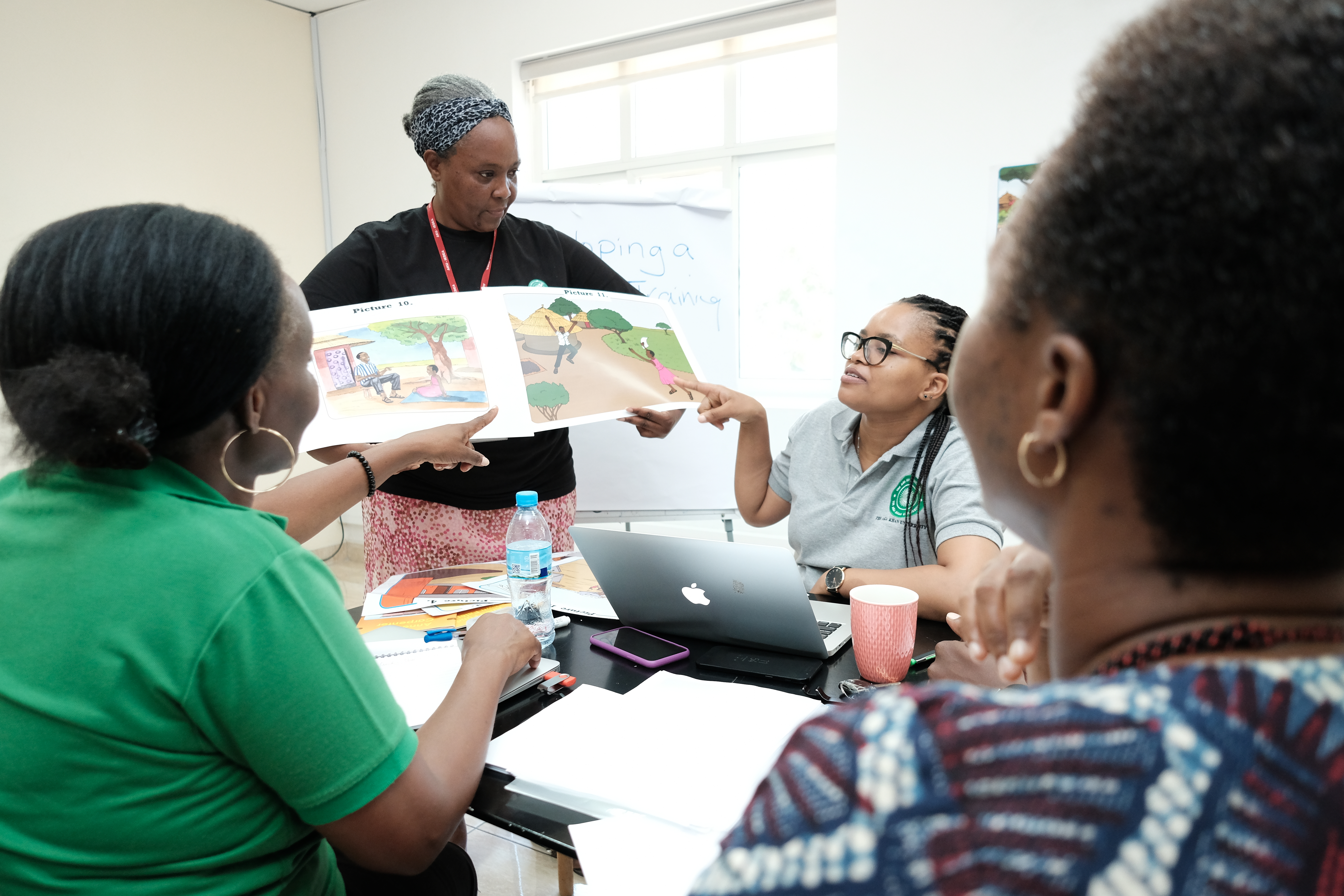Field trips are where theory comes alive
This story is written by Mweru Mwingi from Institute for Educational Development, East Africa
Introduction
In East Africa, there is a long history of gender inequality - we find vulnerabilities on both sides, as boys and girls are susceptible to mistreatment due to gender discrimination. Last semester, when teaching my Gender in Education course, elective in the Masters in Education programme I employed the use of field trips to help my graduate student teachers understand the interplay between gender and education first-hand in a classroom. The experience they got became fundamental in their own learning processes. My rationale was that using field trips would give the students exposure to something beyond the university and allow them to build on their knowledge in a practical way. Gender in education course must be experienced as theoretical underpinning alone may not be comprehended.
Thus, I wanted to take my students into the field and let them face the challenges that a real-world environment brings. The resulting lesson -my students found - was invaluable.
The Field Trip
In the final week of the course, my students and I visited a girl’s school that enrolls students from all over Tanzania. Many of the girls had been rescued from child marriage, female genital mutilation, and other gender-related vulnerabilities. The students thus come into the school with their particular histories which made me realize it would be the perfect setting and opportunity for my students to teach, but more importantly to learn from the students as well. In discussion with the school, we decided to cover topics of student leadership, healthy relationships and sexual education, self-esteem and identity, and provided information on STEM (science, technology, engineering, and mathematics) subjects and future career options in STEM.
My students were divided into 4 classrooms as per the topics and conducted workshops. The girls - Form 1 to Form 4 - were rotated through different classrooms so that the four teams of students had the opportunity to teach each form for two hours. Each team taught a different topic, but were tasked with tailoring a lesson plan to the specific needs of each form. The girls ranged in age and backgrounds, and thus the task given to the team of student teachers put them in an environment where they had to think on their feet and personalize teaching to the girls in the most effective way possible. Teaching each group was a different learning experience even for these graduate students who are experienced classroom teachers.
Some Challenges
I found as the lessons went on that there were preconceived assumptions from my students about what the girls knew or did not know. The girls asked remarkable questions which the students did not anticipate, and some of their questions would take the lesson in a direction they had not prepared for. For instance, when educating the students on albinism, they used an image of a girl with albinism for their lesson. With one group of girls, the lesson went well and as expected. However, with another group the lesson took an unexpected turn when the girls disagreed with the image, saying that the girl in the photograph did not have albinism but had actually bleached her face. This opened up another discussion of the negative effects of skin bleaching, the science behind it, and the importance of cultivating self-esteem and self-image, which the students had to facilitate on the spot. The real-life experience of being in the classroom taught my graduate students about the unpredictability of student experiences, the influence of pre conceptions coming from prior experiences, and the importance of being flexible in the classroom - a lesson that cannot be learned theoretically within the walls of a university lecture hall.

Lessons Learned
Overall, the students gained invaluable experience from teaching at the girl’s school. My students felt challenged, but in a great way; they understood what it takes to think through and prepare teaching and learning materials for a workshop. They immensely appreciated the rewards of teamwork. From a gender in education perspective, the student-teachers were able to understand how hard it is for girls to even attend a day-school given the many challenges they face such as not having access to feminine hygiene, having other chores and work to do as part of their role in their households, dealing with early marriage putting a halt to their education, and much more. With this new understanding and appreciation, my students can go forward and apply their knowledge and newly acquired skills to the next classroom they teach in. As for me, I’ve learned just how effective this teaching method was, and will simply say: field trips are where theory comes alive.


